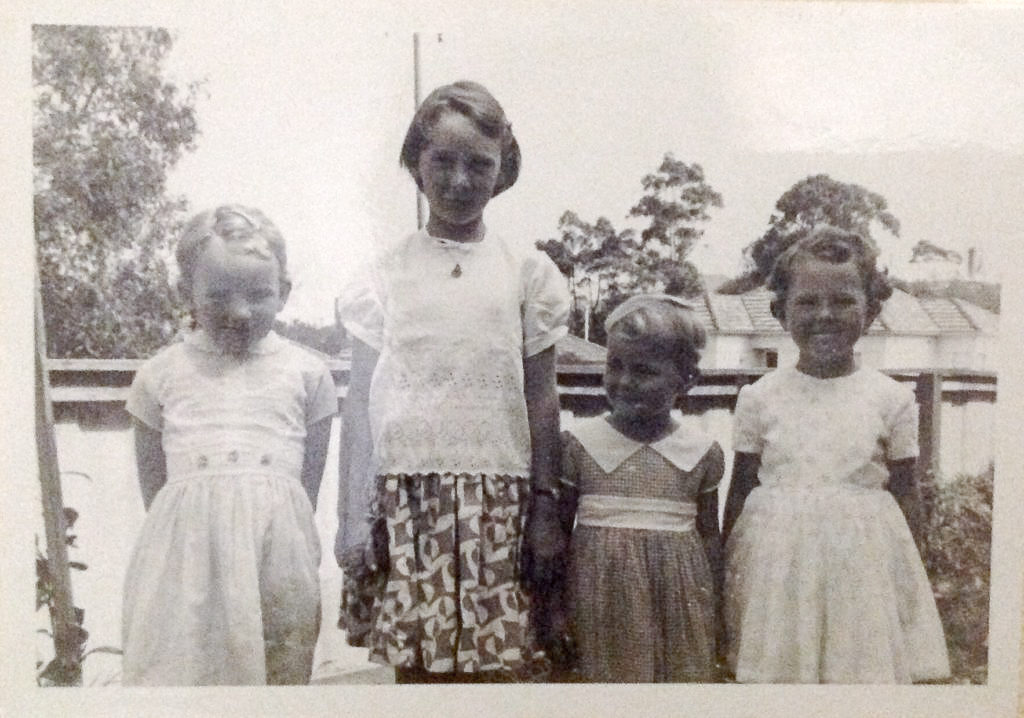I love writing stories, and found it a little hard to pick just one that relates to the museum.
We were always visitors to Brisbane. Each year in the humid school holidays at Xmas we would drive the long dusty highway to visit Gran.
My grandmother lived in a cottage in East Brisbane, and for some reason she would take most of us (four girls in our family and four boy cousins) to the museum for the day. Like going to the pictures, Gran would bring a large bottle of cordial, a packet of bikkies and some sandwiches.
As a small girl it always seemed such a journey—I guess there was the bus from East Brisbane to the Valley, and then another bus up the hill to the door, or maybe it was still a tram.
There were two main memories, the first was being lost in the cavernous halls full of mystery, and the second was lunch out in the elegant gardens. We had nothing like this building in Canberra.
When I returned to Brisbane with my own three children, realising that the museum had moved, I took them all eagerly to South Bank. They didn’t have any expectation, but I apologised to them on the way in. I had built this trip up to be an adventure, a museum of natural history, a place of caverns, stair wells and being lost. It was too clean, too organised. We have become used to it now, but I wish they had the opportunity to know the old museum.
(the photo was from the time, but not from the museum)



Recent Comments